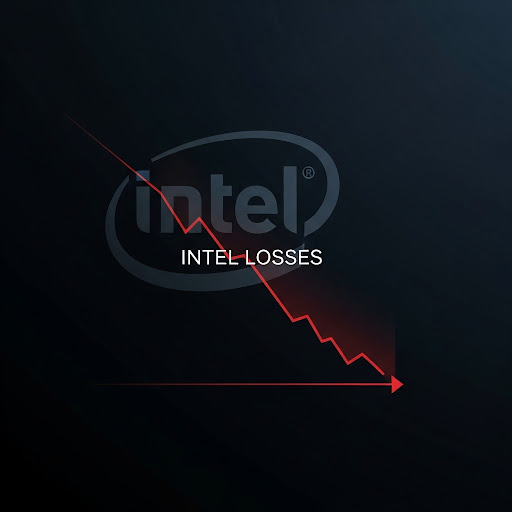Intel, which dominated processor manufacturing for decades, is experiencing a serious technological and financial crisis. Analysts believe the only way to save the business is to split the company into design and manufacturing divisions.

G. Ostrov
Intel, which has led processor manufacturing for decades, is experiencing an unprecedented technological and financial crisis, with its factories generating billions in losses. Analysts increasingly argue that the only way to preserve the business and restore competitiveness may be a radical division of the company.
The Collapse of the Integrated Model
After decades of successful operation under an integrated model where Intel designed and manufactured its own chips in its own factories, the situation changed dramatically about five years ago. Leadership in semiconductor manufacturing shifted to TSMC and Samsung Electronics, which operate as independent contractors and provide other processor developers access to the most advanced manufacturing capabilities.
Stock Price Decline
Intel partially addressed the problem by outsourcing part of its chip production to TSMC, but this reduced profit margins. Over the past few years, Intel's stock has fallen nearly 65%, while AMD shares have more than doubled, TSMC has nearly quadrupled, and Nvidia's value has increased by more than 16 times.
Leadership Changes and Uncertainty
Former Intel CEO Pat Gelsinger attempted to transform the company into a contract chip manufacturer but failed to achieve success and left his position in December 2024. After temporary leadership by David Zinsner and Michelle Johnston Holthaus, Lip-Bu Tan took over the company in March 2024. However, he has not yet presented a clear strategy.
Client Problems
Most potential clients, including Nvidia and AMD, don't collaborate with Intel due to conflicts of interest and insufficient maturity of Intel's manufacturing platform. Unlike TSMC, Intel lacks a developed customer service system, which is critical for contract manufacturing.
Financial Losses
Despite creating the Intel Foundry subsidiary with a separate board of directors, the financial performance of the manufacturing division remains catastrophic. The operating loss in the first quarter was $2.32 billion, following total losses of $13.4 billion last year.
The Last Chance
Intel still maintains a safety margin — $9 billion in accounts and manufacturing equipment worth $100 billion. However, without radical changes, the company risks falling definitively behind competitors, despite management's plans to achieve profitability by 2027 and attracting clients like Microsoft and Amazon Web Services.
According to experts, the question is no longer whether Intel will split, but when it will happen. The company's breakup may be the only way to save one of the symbols of American technological industry.
For more detailed information, visit Intel's official website.
If you encounter any problems, contact us, we'll help quickly and efficiently!




